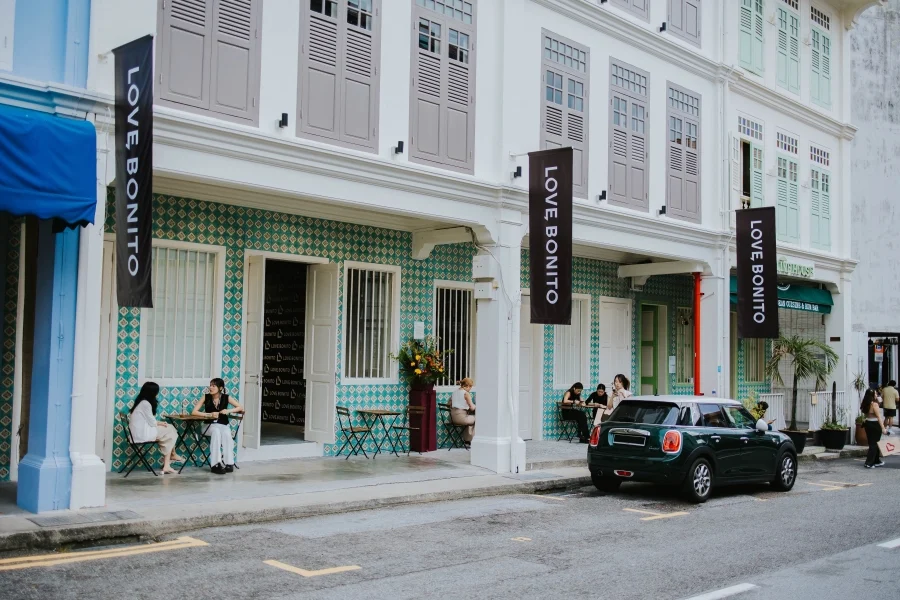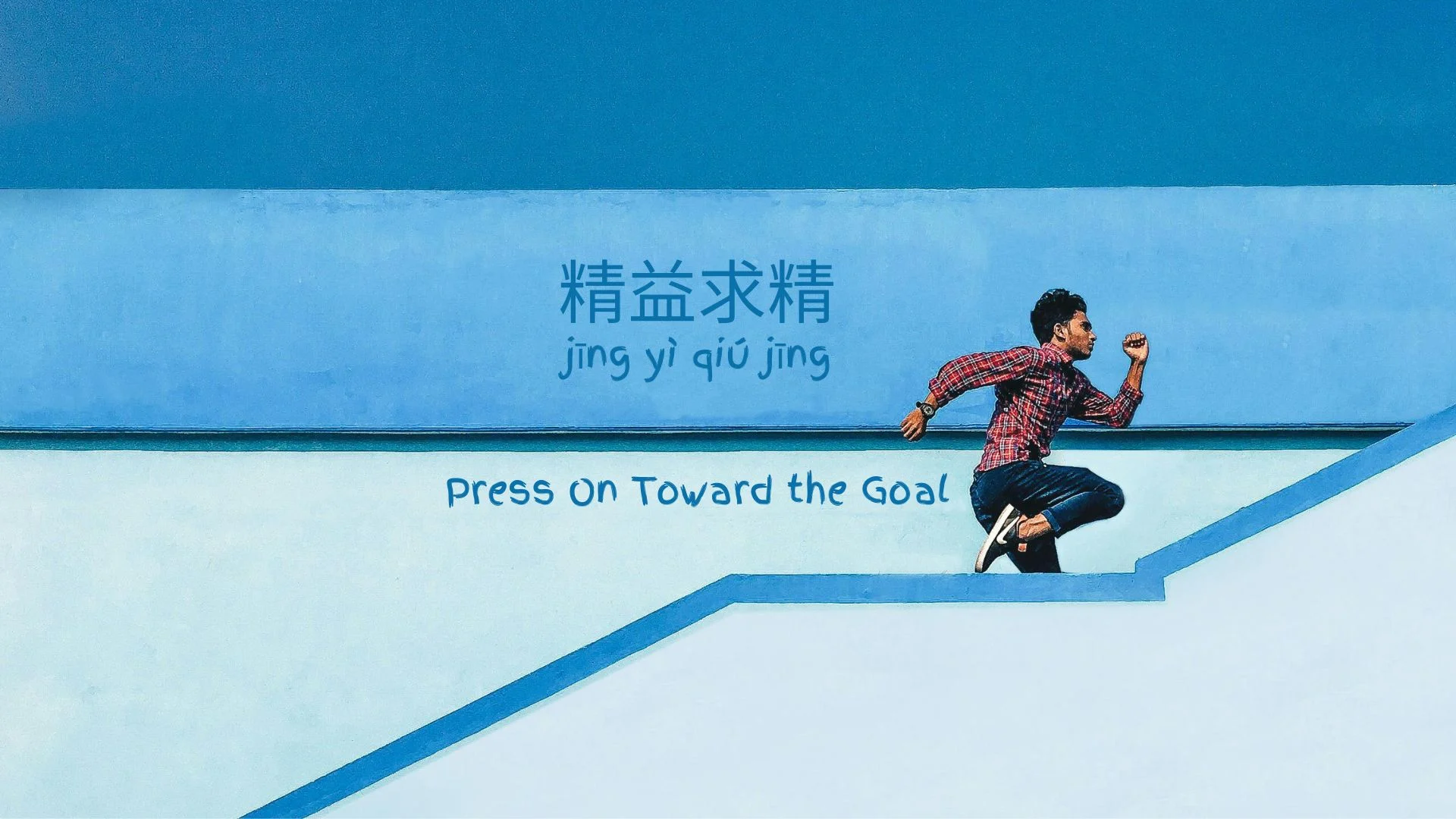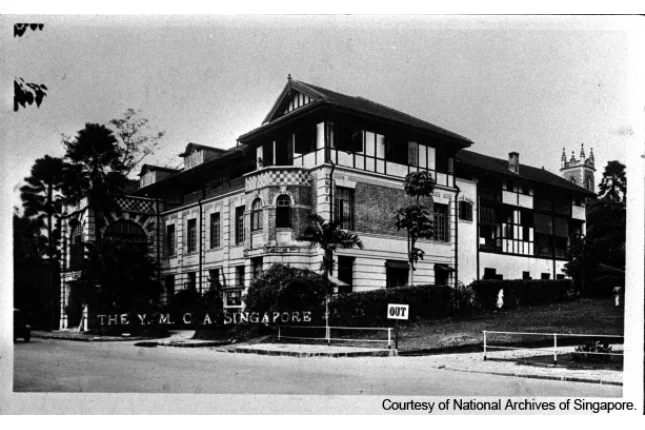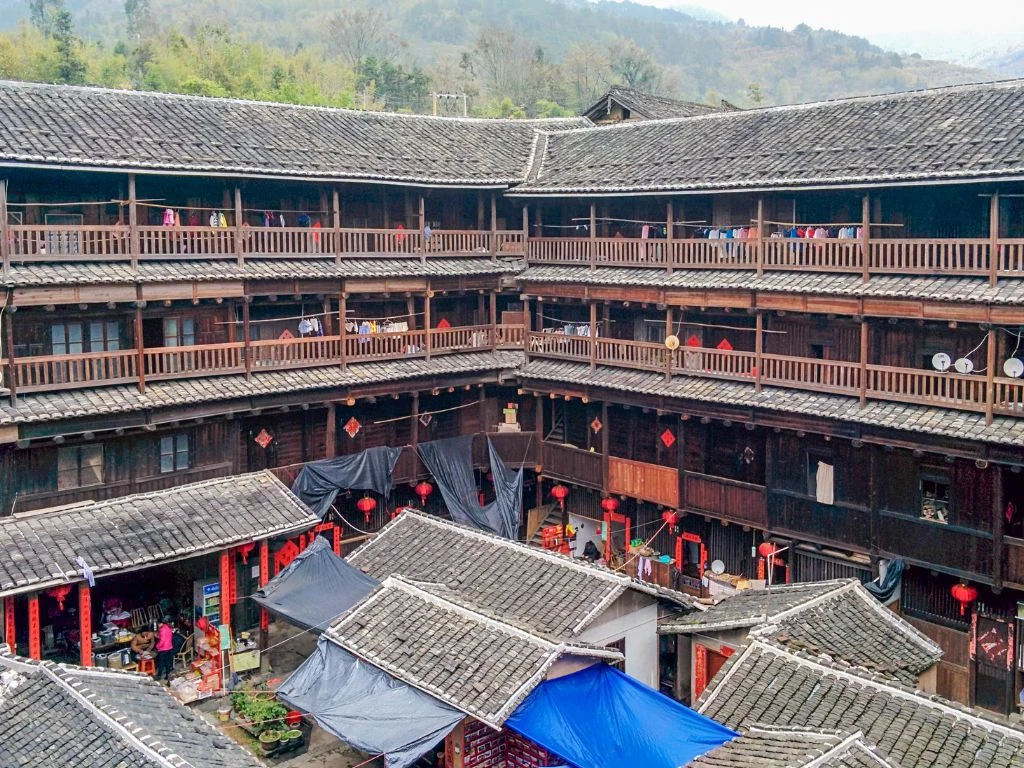The Straits Times recently published a two-page feature on Singapore’s nightlife, focusing on Clark Quay, Club Street, and Keong Siak Street. Its online headline, “The Streets Were Full of Laughter,” subtly hinted at the area’s declining nocturnal vibrancy.
For three years, my office occupied 4A Jiak Chuan Road, adjacent to Keong Siak Street, situated on the second floor. The ground floor housed a pub, and we were forewarned about potential noise after 5:30 pm when the live band would begin tuning their instruments.
We learned that units 2 and 6 were brothels—a revelation that surprised me, as I was previously unaware of their legal status in Singapore. A nearby hotel at units 8 and 10 advertised two-hourly rates via an external banner.
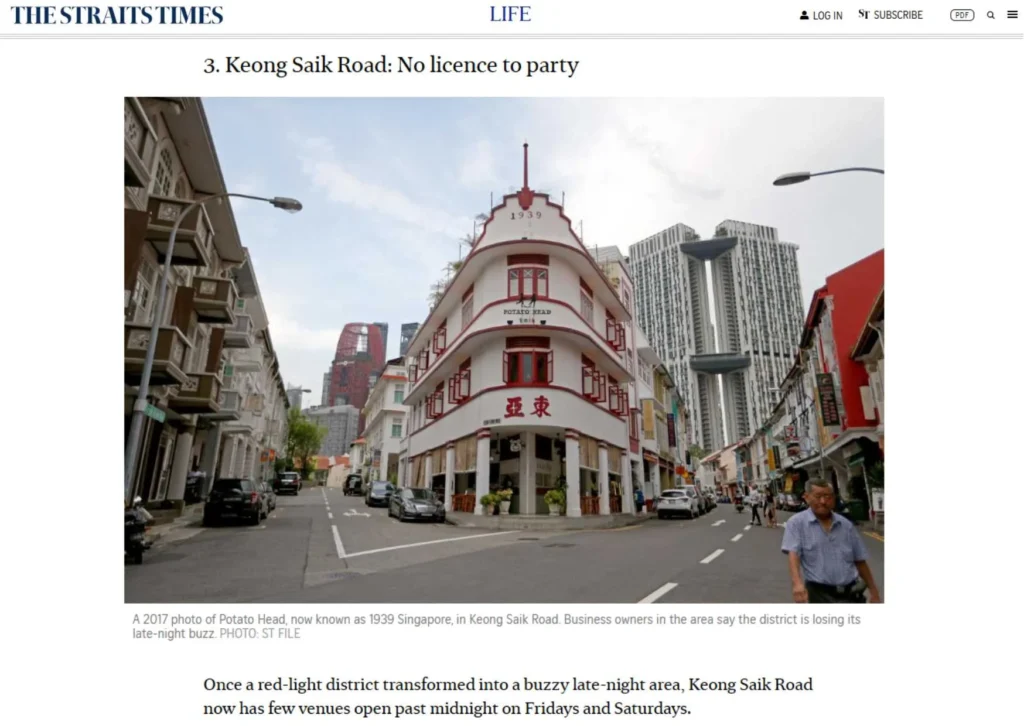
A Surprising Opportunity
Initially, we sought a modest office space between 200 and 400 square feet, with a budget of approximately $1,200. Unexpectedly, this location offered a 1,000 square foot space for just $1,100. As Christians, my partner and I approached the decision cautiously. I even consulted my pastor before finalizing the lease.
We later discovered that a design house mere units away was paying $8 per square foot—making our deal remarkably attractive.
The unique location motivated us to arrive early, consistently being in the office by 9 am and departing before 5 pm. However, our mornings invariably began with opening windows to dissipate the lingering cigarette fumes that seeped through the wooden panels of the old shophouse.
Neighborhood Nuances
To the uninitiated, our office entrance was flanked by brothels—subtly operating without the typical external indicators used by others in the area. Unlike neighboring establishments that displayed distinctive lamps, these remained conspicuously unmarked.
An unexpected aspect of our workspace was the noise from our upstairs landlord, an old Chinese clan. From 3 pm daily, the rhythmic sounds of mahjong would crescendo—though we quickly adapted to this auditory backdrop.
We moved in during early 2003 when approximately 15 brothels populated the area. By our departure in 2005, only a few remained, with high-end cafes and restaurants progressively replacing them.
2 Jiak Chuan Road eventually became the now-defunct Lime House, with the upper floor subsequently occupied by a venture capital firm and its travel startup. Anto Pizza E Aperitivi has since taken over the space as an Italian restaurant.
Today, the neighborhood’s character has dramatically transformed, with nightlife noticeably declining. In 2023 and 2024, brands like Dior, Shiseido and Love Bonito utilised the ground floor of 4 and 6 Jiak Chuan Road for pop-up experience stores. While some feel sad that the area has lost its original character, I am glad that it had shed its seedy past.
A Reflection on Urban Transformation
Looking back, the transformation of this small stretch of Jiak Chuan Road mirrors Singapore’s broader urban narrative—a constant reinvention that respects history while embracing progress. What was once a gritty, hidden corner of the city has metamorphosed from a red-light district into a trendy, curated urban space. The journey from brothels and cheap pubs to pop-up stores and creative spaces encapsulates the relentless change that defines Singapore’s urban landscape. It’s a poignant reminder that no neighborhood is static, and the most vibrant cities are those that can reimagine themselves, layer by layer, without entirely losing the echoes of their past.

